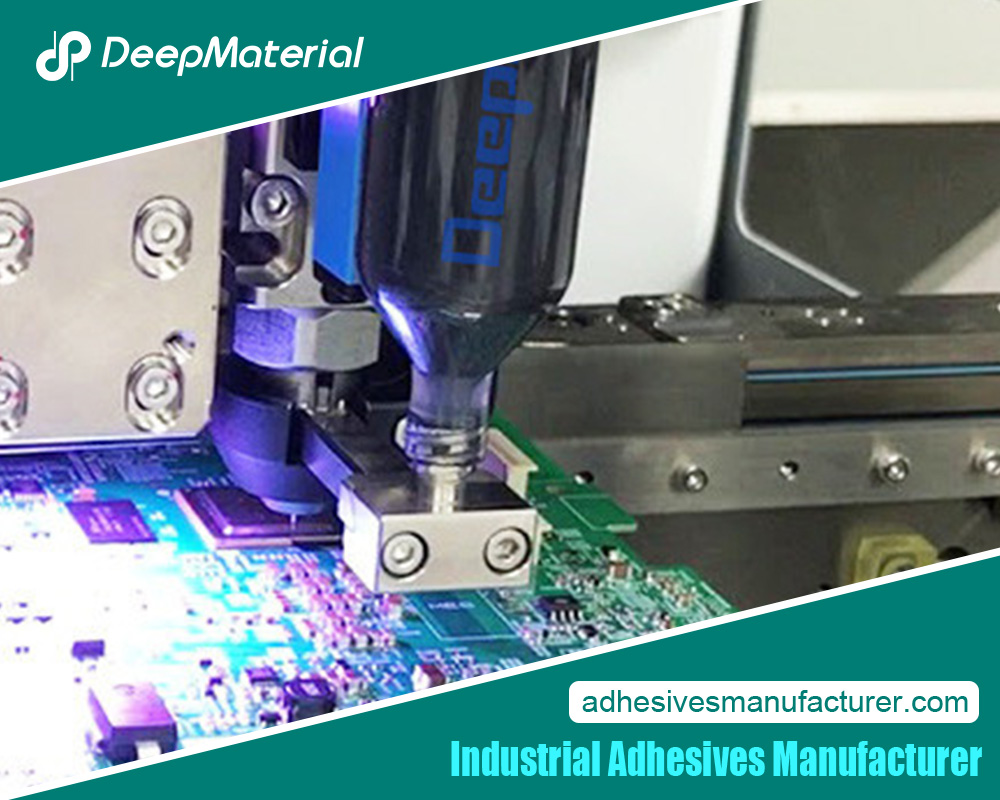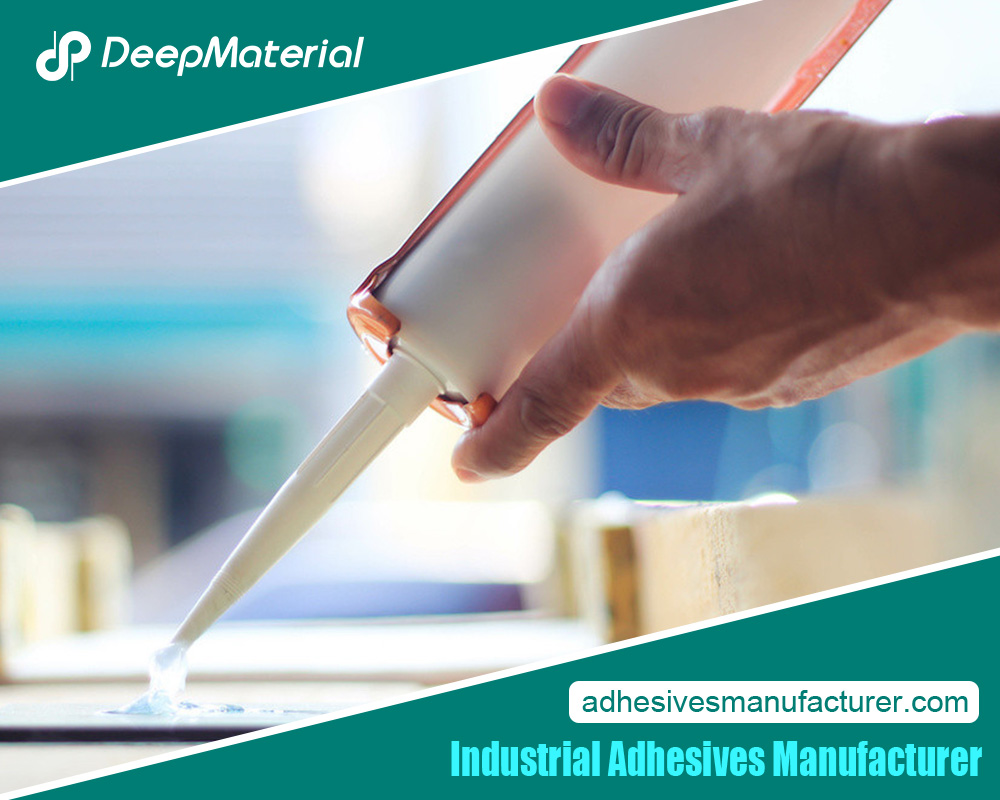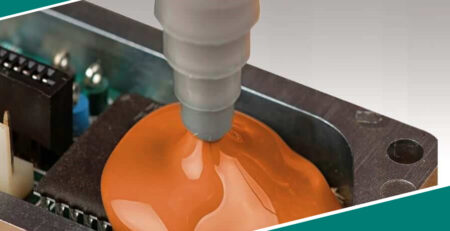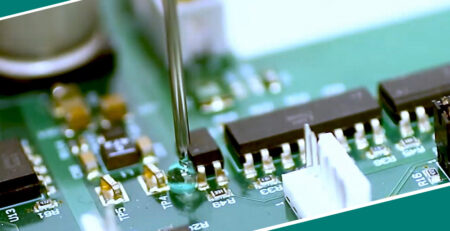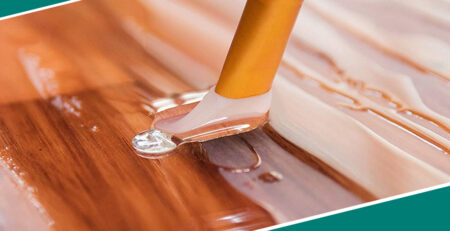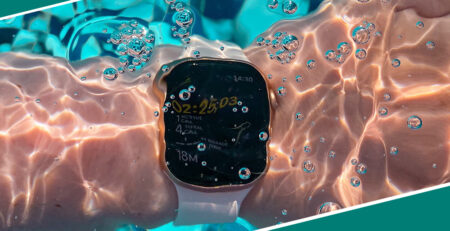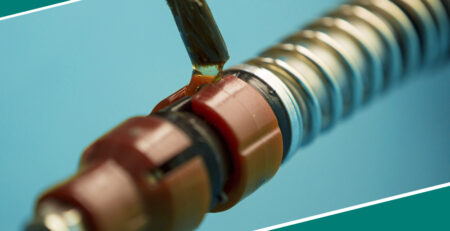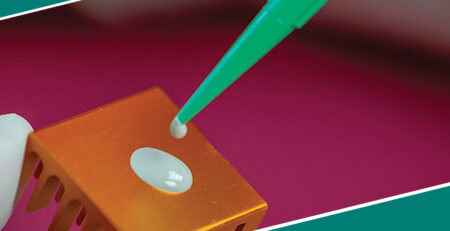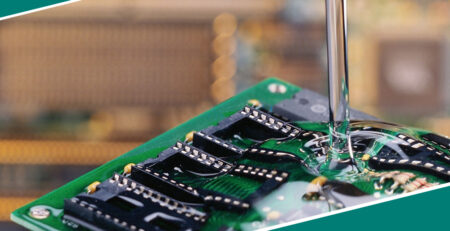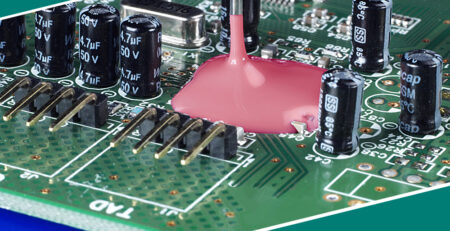Innovations in Conformal Coating Materials: Enhancing Electronics Protection
Innovations in Conformal Coating Materials: Enhancing Electronics Protection
In electronics manufacturing, the choice of conformal coating material is critical for ensuring the longevity and reliability of electronic components. These coatings protect against environmental factors such as moisture, dust, chemicals, and temperature fluctuations. As technology advances, so do the demands for more effective and innovative conformal coating materials. This article delves into the latest trends and innovations in conformal coating materials, highlighting their key features and benefits.
Evolution of Conformal Coating Materials
Conformal coating protects electronic components from environmental factors like moisture, dust, chemicals, and temperature variations. Over the years, the evolution of conformal coating materials has been remarkable, with a shift from traditional coatings to advanced formulations. This article explores the critical differences between conventional coatings and advanced formulations, focusing on silicone, acrylic, polyurethane, and parylene coatings.
Traditional Coatings
Silicone Coatings
- They are known for their excellent thermal resistance and flexibility.
- Provide good protection against moisture and chemicals.
- Easy to apply but can be challenging to rework or remove.
- Not suitable for high-temperature applications.
Acrylic Coatings
- Offer good moisture and abrasion resistance.
- Easy to apply and remove.
- Suitable for a wide range of temperatures.
- Lack of chemical resistance of silicone and polyurethane coatings.
Polyurethane Coatings
- Provide excellent chemical and abrasion resistance.
- Offer good moisture protection.
- Less flexible than silicone coatings.
- It can be challenging to rework or remove.
Advanced Formulations
Parylene Coatings
- Offer superior protection in harsh environments.
- Provide excellent moisture, chemical, and temperature resistance.
- Extremely thin and lightweight, ideal for delicate components.
- Difficult to apply and remove without specialized equipment.
Comparison
- Performance:Advanced formulations like parylene offer superior protection compared to traditional coatings.
- Thickness:Traditional coatings are typically thicker, which can impact component size and weight.
- Application:Traditional coatings are more accessible, while advanced formulations require specialized equipment and processes.
- Removability:Traditional coatings are more accessible to remove for rework or repair, whereas advanced coatings like perylene are more challenging.
Nano-Coatings: A New Frontier
One key advantage of nano-coatings is their ability to provide increased protection while maintaining a reduced coating thickness compared to traditional coatings. This is due to the high surface area to volume ratio of nanoparticles, allowing for better substrate coverage and adhesion. As a result, nano-coatings can protect surfaces from corrosion, scratches, and wear, extending the lifespan of the coated material.
Enhanced Thermal Management and Conductivity
Nano-coatings also offer enhanced thermal management and conductivity properties, making them ideal for applications where heat dissipation is critical. The high surface area of nanoparticles allows for efficient heat transfer, improving the thermal performance of coated materials. Additionally, nano-coatings can improve the electrical conductivity of surfaces, which is beneficial in applications such as electronics and energy storage devices.
Benefits of Nano-Coatings
- Improved Durability:Nano-coatings provide superior protection against corrosion, scratches, and wear, increasing the lifespan of coated materials.
- Enhanced Thermal Management:Nano-coatings’ high thermal conductivity improves heat dissipation, making them ideal for applications requiring efficient thermal management.
- Reduced Coating Thickness:Nano-coatings can achieve the same level of protection as traditional coatings with a thinner layer, reducing material usage and cost.
- Increased Efficiency:Nano-coatings can improve the efficiency of processes such as energy storage and electronics by enhancing conductivity and thermal management.
- Environmental Benefits:Nano-coatings can be designed to be environmentally friendly, reducing the impact on the environment compared to traditional coatings.
Environmental Considerations in Conformal Coatings
Conformal coatings protect electronic components from environmental factors such as moisture, dust, and chemicals. However, as the electronics industry strives to reduce its environmental impact, choosing conformal coatings is becoming increasingly important. This article explores environmental considerations in conformal coatings, focusing on RoHS and REACH compliance, low VOC formulations, and biodegradable coatings for sustainable electronics.
RoHS and REACH Compliance:
- RoHS (Restriction of Hazardous Substances) and REACH (Registration, Evaluation, Authorization, and Restriction of Chemicals) are regulatory standards that aim to reduce hazardous substances in electronics and promote safer alternatives.
- Conformal coatings that comply with RoHS and REACH are free from lead, mercury, cadmium, and hexavalent chromium, which harm human health and the environment.
- Choosing RoHS and REACH-compliant conformal coatings ensures your electronics are safer for consumers and the environment.
Low VOC Formulations:
- VOCs (Volatile Organic Compounds) are chemicals that can vaporize into the air, contributing to air pollution and posing health risks.
- Low VOC conformal coatings are formulated to reduce the emission of harmful VOCs, making them safer for workers and the environment.
- Electronic manufacturers can reduce their carbon footprint by choosing low-VOC formulations and contributing to a healthier environment.
Biodegradable Coatings for Sustainable Electronics:
- Biodegradable conformal coatings are designed to break down into natural components over time, reducing their environmental impact.
- These coatings offer an eco-friendly alternative to traditional coatings, which may persist in the environment for long periods.
- Biodegradable coatings are particularly suitable for electronics intended for disposal in landfills or recycling, as they minimize environmental pollution.
Advanced Application Techniques
Coating applications are crucial in various industries, from automotive to electronics, requiring precision and efficiency. Advanced techniques like spray, dip, brush coating, selective coating, and automated processes are vital to achieving optimal results.
Spray, Dip, and Brush Coating Methods:
- Spray Coating: Utilizes a spray gun to atomize the coating material into fine droplets, providing uniform coverage over the surface.
- Dip Coating involves immersing the substrate in a coating solution, allowing a uniform film to form as it is withdrawn at a controlled speed.
- Brush Coating uses brushes to apply coatings manually, and it is ideal for small areas or irregular surfaces where precision is paramount.
Selective Coating for Precision Application:
- Allows for coating only specific substrate areas, minimizing waste and ensuring precise application.
- Standard methods include masking, stenciling, and robotic precision dispensing, offering versatility in application.
Automated Coating Processes for Efficiency:
- Enhances productivity and consistency by automating coating application, reducing human error.
- Robotic arms and automated conveyor systems are commonly used for high-volume production, ensuring uniformity and efficiency.
Future Trends and Innovations
Future trends point towards coatings that are not just protective but also smart and adaptive, offering functionalities like self-healing and conductivity. Let’s explore the cutting-edge developments shaping the coatings industry.
Self-healing Coatings for Extended Durability:
- Self-healing coatings are designed to repair damage automatically, extending the lifespan of coated surfaces.
- These coatings contain microcapsules with healing agents that rupture upon damage, releasing the mending compounds.
- They are ideal for applications in high-wear environments, such as automotive and aerospace industries, where durability is crucial.
Conductive Coatings for EMI Shielding:
- Electromagnetic interference (EMI) has become a significant concern with the rise of electronic devices.
- Conductive coatings provide a solution by shielding sensitive electronics from EMI, ensuring optimal performance.
- These coatings are applied to surfaces to create a conductive layer that redirects electromagnetic waves away from the device.
Innovative Coatings with Sensing and Diagnostic Capabilities:
- Innovative coatings are revolutionizing industries by offering real-time monitoring and diagnostic capabilities.
- They can detect environmental changes, such as temperature, humidity, or chemical exposure, and provide feedback or trigger actions.
- Applications include structural health monitoring in buildings, corrosion detection in pipelines, and early warning systems in aerospace.
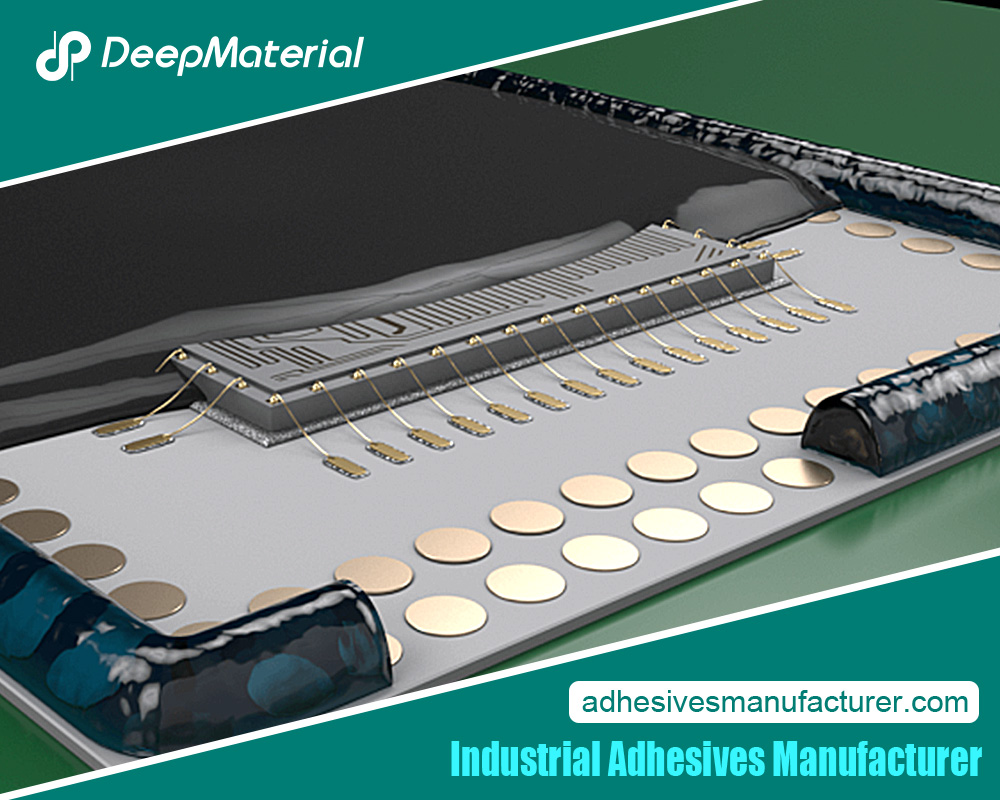 Conclusion
Conclusion
As electronics permeate every aspect of our lives, the demand for reliable and durable components grows. Conformal coating materials play a crucial role in ensuring the longevity and reliability of these components. With advancements in nanotechnology, environmental considerations, and application techniques, the future of conformal coatings looks promising. By staying abreast of these innovations, manufacturers can enhance the performance and longevity of their electronic products, meeting the industry’s evolving demands.
For more about the innovations in conformal coating materials: enhancing electronics protection, you can pay a visit to Deepmaterial at https://www.adhesivesmanufacturer.com/ for more info.

